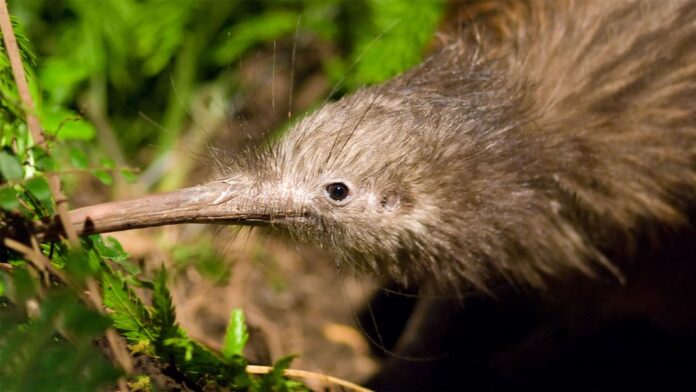Source: Department of Conservation
Date: 24 May 2021
Three of the fatalities occurred on Ngunguru Road near the Hugh Crawford reserve the other near the lookout between Ngunguru and Tutukaka.
DOC Ranger Ayla Wiles says motorists in the area should drive carefully and be cautious of any animal on the road.
With intensive ongoing predator trapping and better public awareness around dog control kiwi populations in these areas have been increasing.
“An unfortunate consequence of thriving kiwi populations seems to be an increase in kiwi being fatally hit by cars. The more kiwi we have, the more likely we are to encounter them in our backyards and on our roads,” says Ms Wiles.
“Motorists driving through the area need to slow down and keep their eyes peeled for the birds, which have “absolutely no road sense”, she said. “It can be easy to assume wildlife on the road at night is a possum, but this isn’t always the case”
“Kiwi can be present on the road not just at night, but also during the early hours of the morning, causing frights for early-morning workers as well as night drivers.”
To help increase awareness to motorists in the area Kiwi Coast are installing a new billboard to alert drivers to the presence of kiwi on the road.
Taheke Landcare Group are also concerned about the potential of kiwi deaths on the road, with a newly released 13- year old kiwi “Takoha” tracked by radio transmitter spending a lot of her time on the roadside between Tahere Raod and Smith Road.
If you come across an injured kiwi please call 0800 DOC HOT
Contact
For media enquiries contact:
Email: media@doc.govt.nz



